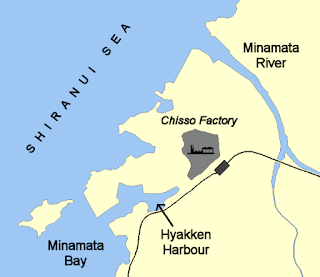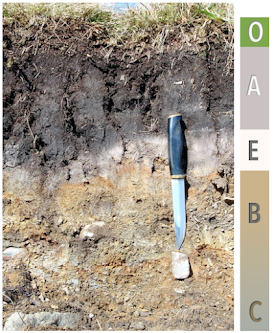MINAMATA DISASTER AND ENVIRONMENTAL LAW
Minamata disease was an environmental concern because it affected residents and local wildlife from the city of Minamata, Japan, from industrial pollution and environmental contamination based on the spread of methylmercury, a by-product of acetaldehyde production, which was discharged in the bay from the Chisso factory from 1932 until 1968. During this period, the discharge was not stopped, and no effective measures or investigations were undertaken. The target organ of methylmercury is the central nervous system. The first patient was officially notified by the local Public Health Center on May 1, 1956. The source and transmission mode is contaminated fish and shellfish. Minamata disease in Japan is the most famous case of methylmercury food poisoning.
This environmental concern affected patients manifesting neurological signs, including paresthesia, ataxia, dysarthria, constriction of the visual field, and/or hearing difficulties. The affected residents also manifest psychiatric symptoms (e.g., impairment of intelligence and mood and behavioural dysfunction). It is also reported that the prevalence of hypertension was elevated in the affected areas. A particularly distressing aspect of the disease is that methylmercury can be transferred to fetuses. Severely affected children born with congenital Minamata disease are mentally retarded and have disturbed coordination, deformities of the limbs, poor reflexes, poor nutrition and growth, and, in some cases, show other effects. Up to March 2011, 2271 patients were officially recognized as having Minamata disease, but it is estimated that the number of patients in the affected areas who exhibit neurological signs of methylmercury poisoning is in the several tens of thousands.
Laws stemming from the incident
- Water Pollution Control Law: In 1969, the drainage of the factory effluent containing methylmercury to Minamata Bay was regulated. In 1970, the Water Pollution Control Law was enacted, which enforced the control of effluent discharge in all water areas in Japan, concerning toxic substances, such as mercury and cadmium. Furthermore, conversion of the production method was advised against caustic soda plants that might discharge mercury other than Chisso and Showa Denko plants.
- Compensation Law: the Law Concerning Relief of Pollution-related Health Damage was enforced in 1970, under which benefits for medical expenses, cost for hospital visits, etc., were provided for sufferers of pollution-related health damage, and Minamata Disease of Kumamoto and Niigata became subject of the law. Then in 1974, based on liability for damages of a civil suit, the Pollution-related Health Damage Compensation Law [now the Law Concerning Compensation for Pollution-Related Health Damage and Other Measures (hereinafter referred to as the Compensation Law) was enacted, under which income compensation was provided in addition to medical expense for sufferers of pollution-related health damage, so the content of relief provided to sufferers of pollution-related health damage has been improved.
Sources:
Yorifuji, T., & Tsuda, T. (2014). Minamata. In Encyclopedia of Toxicology: Third Edition (pp. 340-344). Elsevier.
Minamata Disease - Causes, Symptoms, Signs, Diagnosis, Treatment (medindia.net)
Minamata Disease The History and Measures - Chapter 4 [MOE] (env.go.jp)

